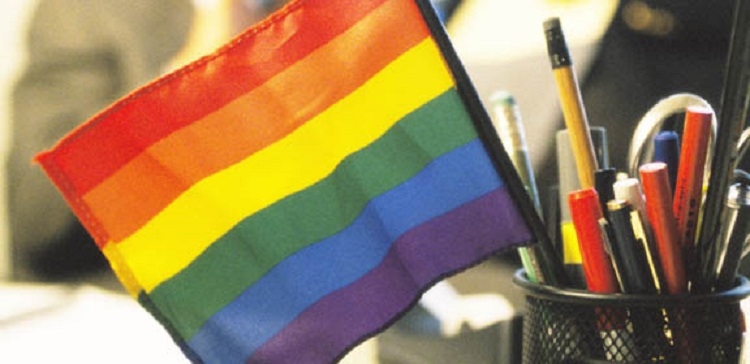You might think that, as modern people and societies, we have accepted and embraced all gender and sexual identities of people living in our community. But the truth is, for many LGBTQ members , verbal and physical harassment and assault, discrimination are still a reality, which they go through in their daily life. Schools, as LGBTQ students spend most of their time at school during the day, are main places where they experience those challenges. A 2017 national school climate study conducted by GLSEN, an organization focused on LGBTQ students at schools, found that over 70 % of these students have experienced verbal harassment and 55 % have been discriminated against based on their sexual orientation or gender identity. As a result of feeling more isolated and unsafe, LGBTQ students do not want to go to school, stay away from classroom during breaks, have low grades and go under depression. Since I have lived for 6 years in Turkey, based on my observations, it is not an easy thing for turkish community to accept and approve LGBTQ issues in daily life. So, as teachers, what can we do? How can we create a safe and welcoming atmosphere in the classroom and adopt LGBTQ inclusive pedagogies?

Source: glaad.org
I will mention about some ways to create safe and welcoming atmosphere and adopt LGBTQ inclusive pedagogies in the classroom based on my online search about these issues. First of all, we have to educate ourselves about LGBTQ issues. If you do not identify yourself as LGBTQ member, then, you have to spend some time in that community or read some blogs and stories on LGBTQ. “It’s always helpful to have a shared language when you’re talking about identity,” states Becca Mui, GLSEN’s Education Manager, in one of her interviews. More frequently, we have to check our own biases and beliefs related to this issue that can challenge and help us to become stronger allies. When there is harassment in the classroom during teaching period, we should not just ingore it. Instead, we have to acknowledge this act and stop it. If we do not take action, it can imply acceptance and approval. For further inclusive pedagogies, we always need to check our course materials and if necessary, we should replace them with a variety of gender representations and LGBTQ inclusive examples. By being interested and giving support to LGBTQ students while talking, teaching, they may feel that there is no wrong with their sexual orientation and gender identity. In conclusion, LGBTQ members are also the members of our society. Let's embrace differences and color of this world altogether.
For more information:
GLSEN's official website: www.glsen.org ;
The 2017 National School Climate Survey ;
GLSEN Safe Space Kit ;
GLSEN’s Elementary School Toolkit: Ready, Set, Respect!